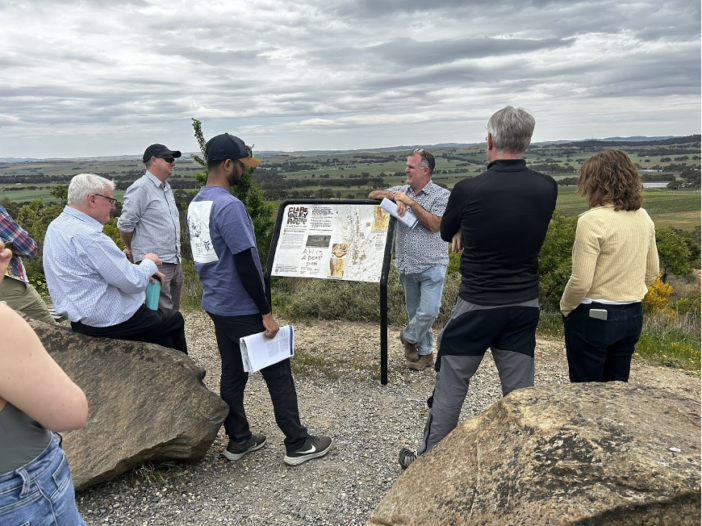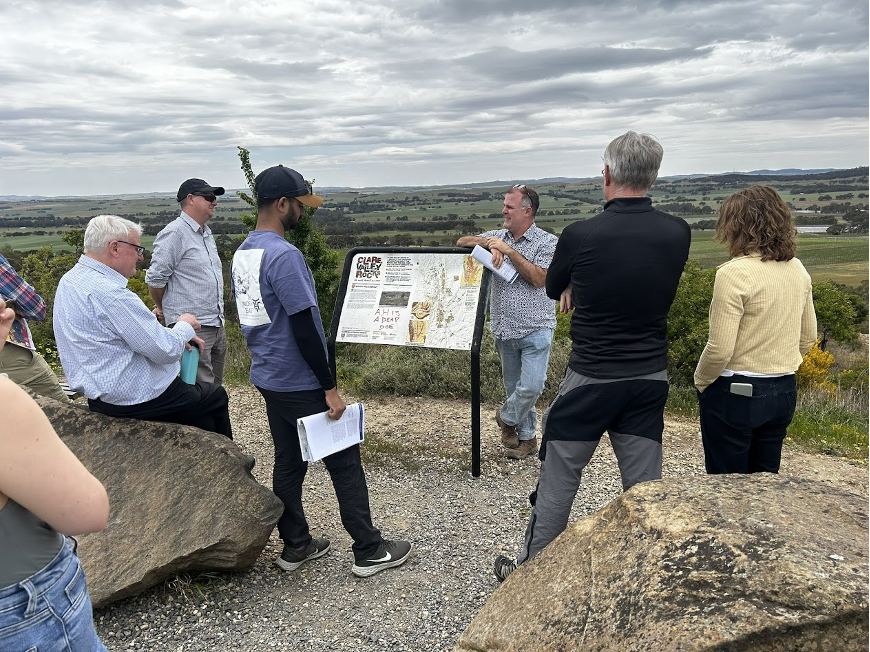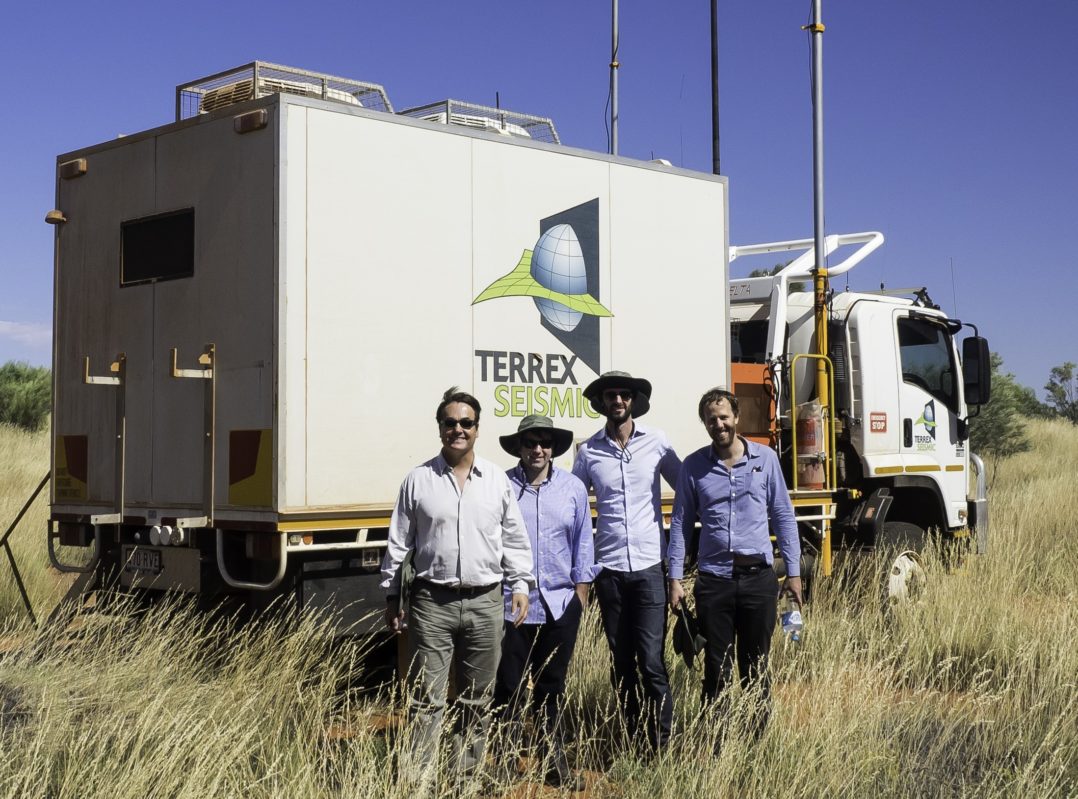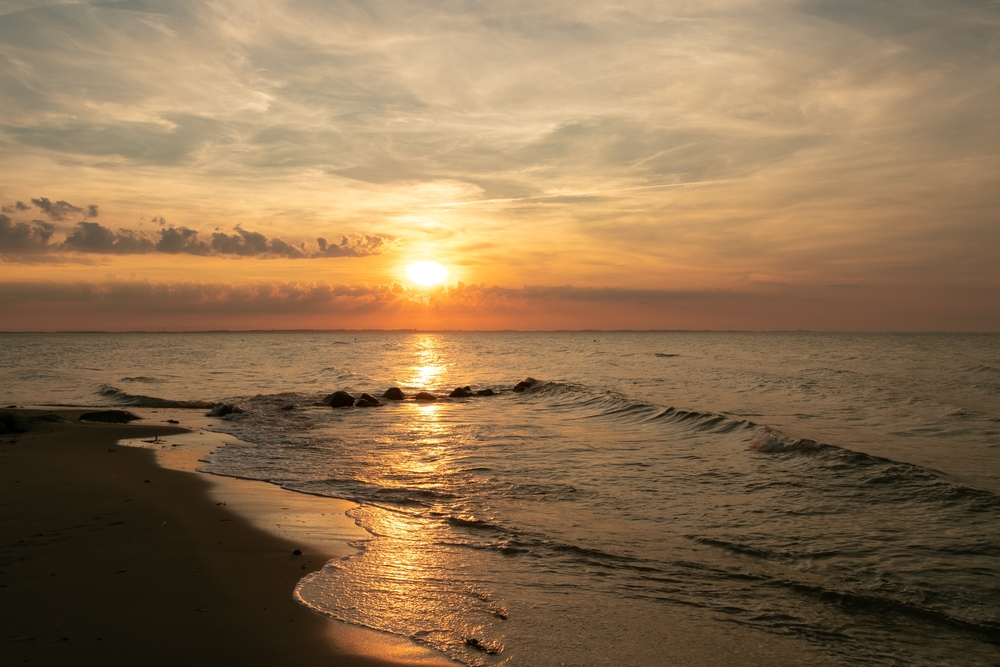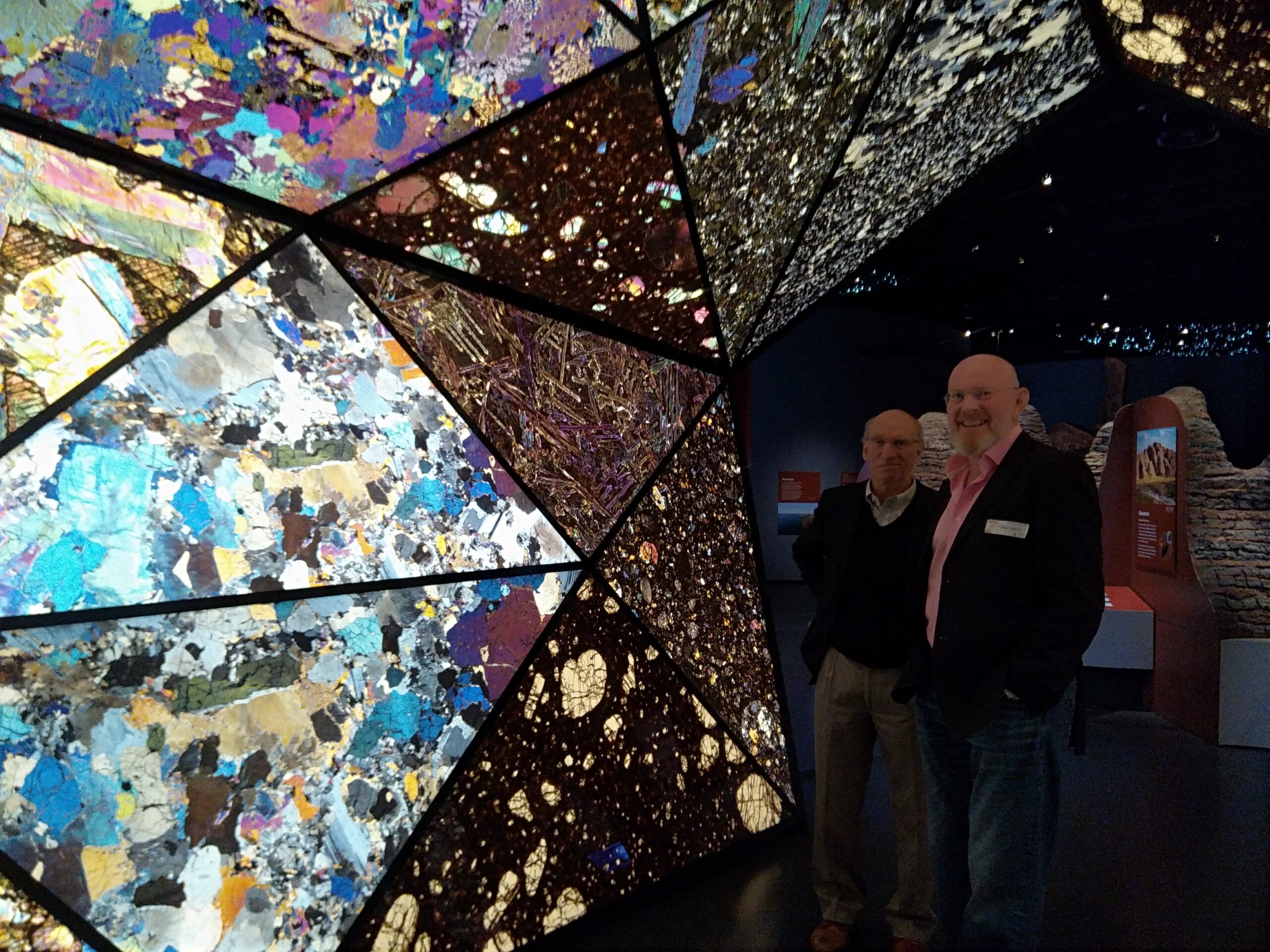MONTHLY MEETINGS
In late September, PESA SA/NT was treated to an enthralling discussion from Glenn Toogood (entX) and Tim Rady (Geomorph Energy) discussing the salt cavern storage potential of the Polda Basin. This basin is a Neoproterozoic to Jurassic sedimentary basin, extending from the Great Australian Bight to the central Eyre Peninsula, South Australia. It has previously been explored for petroleum, uranium, coal, groundwater, base metals, potash and diamonds. There has been renewed interest in the Polda Basin for its underground gas storage potential in salt caverns, given that Mercury-1 encountered >1200m of massive halite within Neoproterozoic red beds in the central offshore basin. The luncheon talk reviewed the multi-disciplinary approach, reviewing all available data and literature and integrating seismic reprocessing, ICP-MS/OES and XRF analysis, visual core and cuttings interpretation, core density measurements, spectral scanning and gravity forward modelling. The work shows that the onshore Polda Basin has emerged as highly prospective for both salt and natural hydrogen.
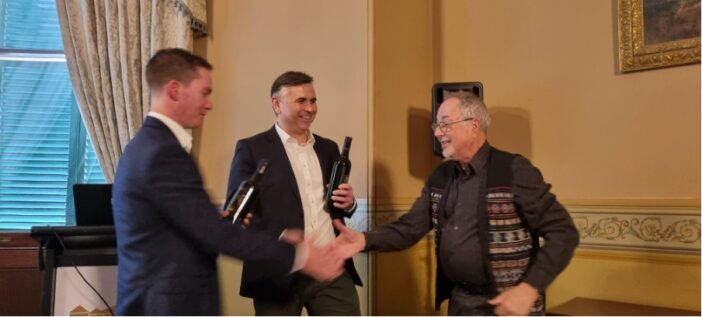
Tim resurfaced in late October to join with John Chambers (Larus Energy) to give members insight into another basin, this time looking at an emerging new Petroleum System with world-class plays in the Torres Sub-Basin, Offshore Papua New Guinea. The presentation focussed on the Miocene to Pliocene submarine foldbelt plays within the Larus Energy-operated PPL579 license area that was covered by the Nanamarope 3D broadband PSDM seismic survey (acquired in 2023 by Larus Energy and Searcher). The Nanamarope 3D seismic provided high-resolution images of large-scale submarine fan complexes, deposited during the Mid-Miocene, linked to active tectonism and the formation of the proto–Owen Stanley Range. The images suggest significant reworking of these turbidite systems by bottom currents into likely high reservoir quality contourite deposits with a wide spectrum of features formed during synchronous and asynchronous interaction of turbidity flows and bottom current activity. It was also observed that bottom currents could provide a mechanism to redistribute coarser-grained material up-slope and beyond the limits of the traditional turbidite fairway. Larus Energy is planning on drilling the giant Nanamarope Prospect in 2025 which, if successful, will open a large new play fairway for exploration and development and provide a much-needed revenue source for the nation of Papua New Guinea.
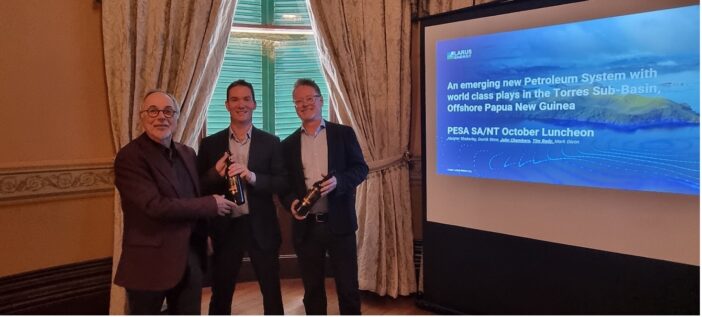
Field Trip
Geology of Wine
South Australia is renowned for is fabulous wines. For the past several years the PESA SA/NT Branch has organised a wonderful day trip through the McLaren Vale region looking at the geology of the region and sampling the classic wines too. This year saw the Branch moving further afield. Professor Alan Collins from Adelaide University led a trip looking at the geology and wines of the Clare Valley. Celebrated for its Rieslings, the Clare Valley also produces world-class reds, including Shiraz and Cabernet. What geology makes this possible? That was the focus of the Sunday, 13th October field trip as well as tastings at the historic Sevenhill winery and lunch at the Skillogalee cellar door.
